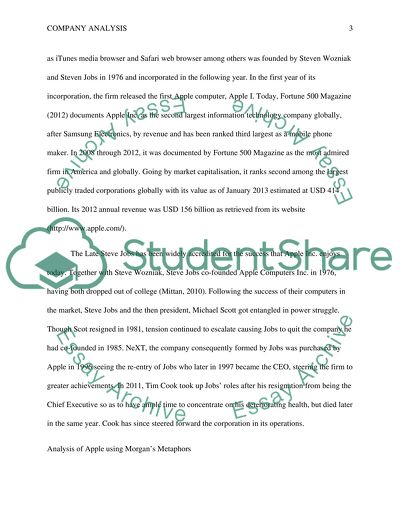Cite this document
(“Organisation Behaviour Essay Example | Topics and Well Written Essays - 2750 words”, n.d.)
Organisation Behaviour Essay Example | Topics and Well Written Essays - 2750 words. Retrieved from https://studentshare.org/marketing/1474888-organisation-behaviour
Organisation Behaviour Essay Example | Topics and Well Written Essays - 2750 words. Retrieved from https://studentshare.org/marketing/1474888-organisation-behaviour
(Organisation Behaviour Essay Example | Topics and Well Written Essays - 2750 Words)
Organisation Behaviour Essay Example | Topics and Well Written Essays - 2750 Words. https://studentshare.org/marketing/1474888-organisation-behaviour.
Organisation Behaviour Essay Example | Topics and Well Written Essays - 2750 Words. https://studentshare.org/marketing/1474888-organisation-behaviour.
“Organisation Behaviour Essay Example | Topics and Well Written Essays - 2750 Words”, n.d. https://studentshare.org/marketing/1474888-organisation-behaviour.


